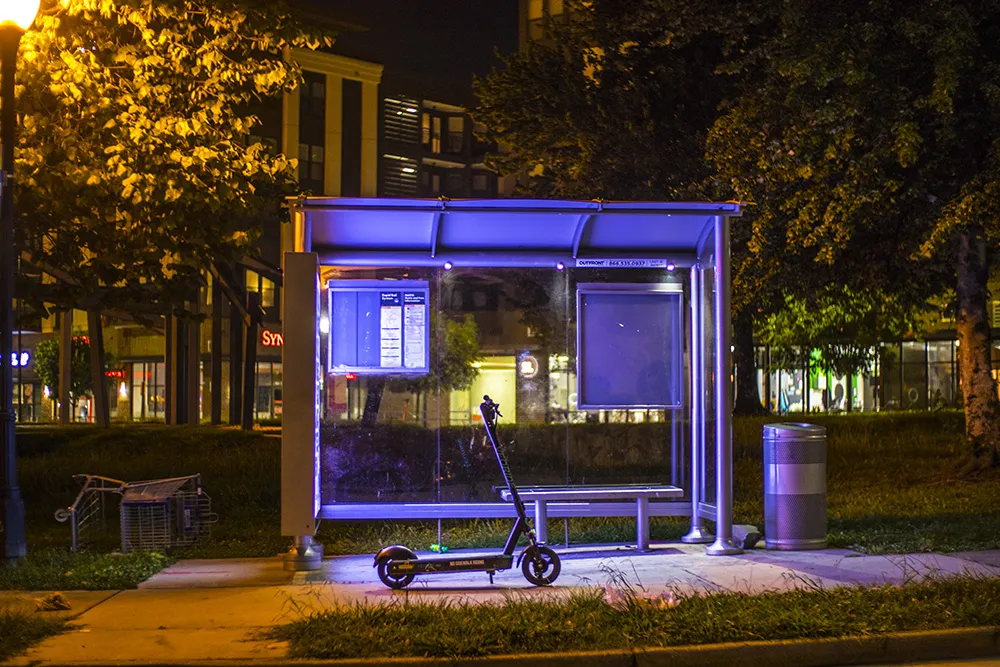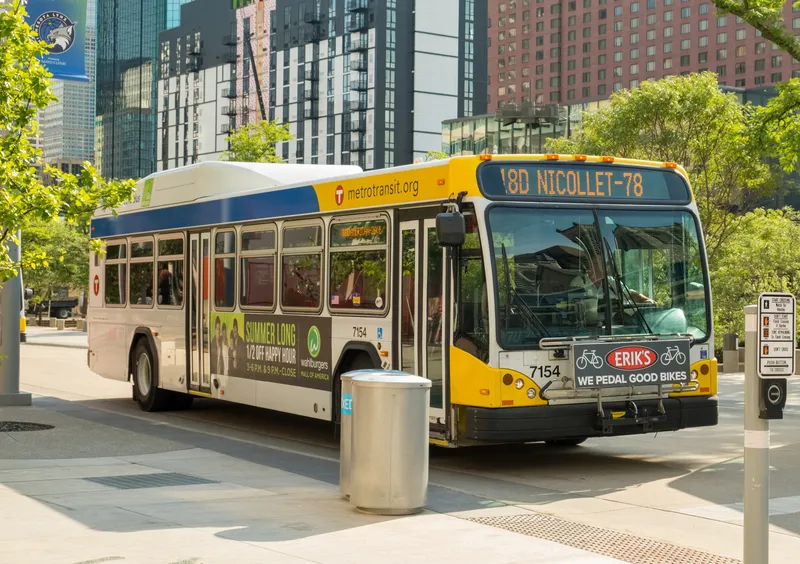APT Controls Group CEO Dermot Murphy introduces a new suite of parking solutions and explains the benefits of barrier free parking systems Following its acquisition of Parking Applications in September 2011, the APT Controls group is launching a new barrier-less parking and payment solution called Veri-park. This is based on proven automatic number plate recognition (ANPR) technology and flexible payment channels. At present the concept of barrier-less parking using ANPR is still a relatively new one, which
May 22, 2012
Read time: 3 mins

APT Controls Group CEO Dermot Murphy introduces a new suite of parking solutions and explains the benefits of barrier free parking systems
Following its acquisition of Parking Applications in September 2011, theAt present the concept of barrier-less parking using ANPR is still a relatively new one, which to date has not been widely utilised by the parking industry. However, Veri-park builds on the success of existing ANPR-based solutions developed by
As a result, APT Controls can now offer a wider array of options, tailoring each individual solution depending on variables such as how the end customer is required to use the car park; how the customer is required to pay for parking; and how the operator wishes to manage the car park.
Operators have the freedom to decide which is the most suitable system for them, whether that be in the form of a more familiar pay-on-foot system, such as those supplied by
At a basic level, barrier-less parking is by no means a new phenomenon; pay and- display car parks, for example, do not rely upon barriers to control customer usage. However, what the pay-and display approach does demand is costly enforcement, as traffic wardens or parking attendants must regularly patrol the car park to check that customers have paid correctly. Furthermore, the pay-and-display system imposes restrictions on the customer experience.
Conversely, with the Veri-park solution, customers are given a choice of payment options, do not have to pay in advance, only pay for what they have used and can receive change. For on-site payments, a new range of Veri-park payment kiosks provides car park operators with a variety of payment options including cards, notes and coins, with change available. A large 15” touch screen provides users with a clear and easyto- use set of payment instructions, and the Veri-park software is configurable to allow payment on both entry and exit, and topup concurrently. The facility to handle user configurable promotions and validations is available either by manual code entry or automated bar code scanning.
If customers are not able or do not wish to pay on-site, Veri-park allows remote web-based pre- and post-visit payment options allowing customers to pay from anywhere, similar to the London congestion charge. Furthermore, use of ANPR means that it is possible for frequent customers to register online and purchase a parking season ticket or select to have their account debited automatically each time they use the car park. Overall, the process of parking becomes much quicker and simpler for customers and more efficient for operators.










